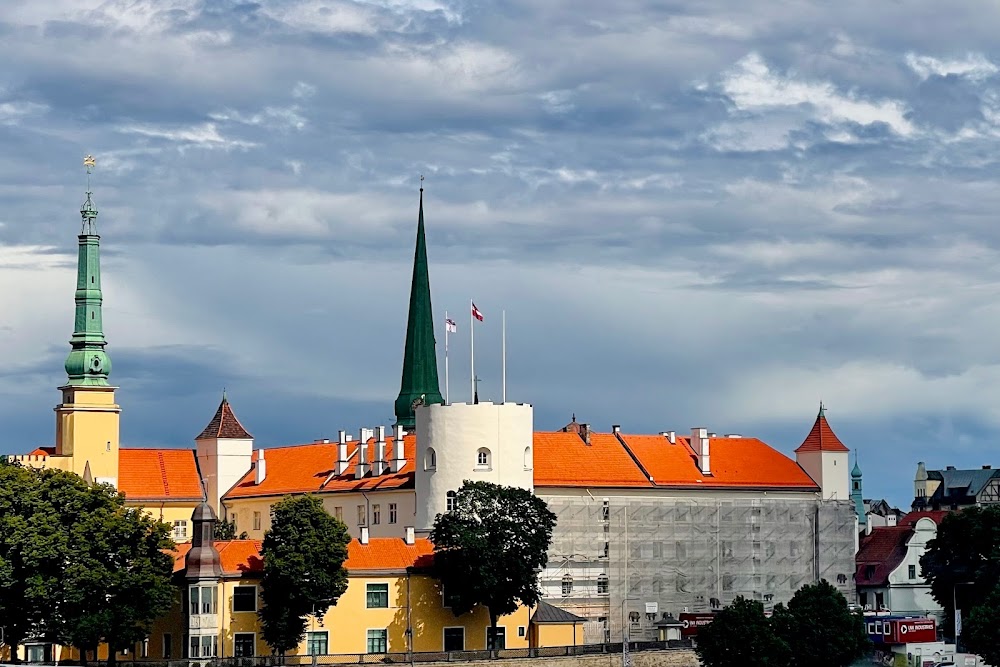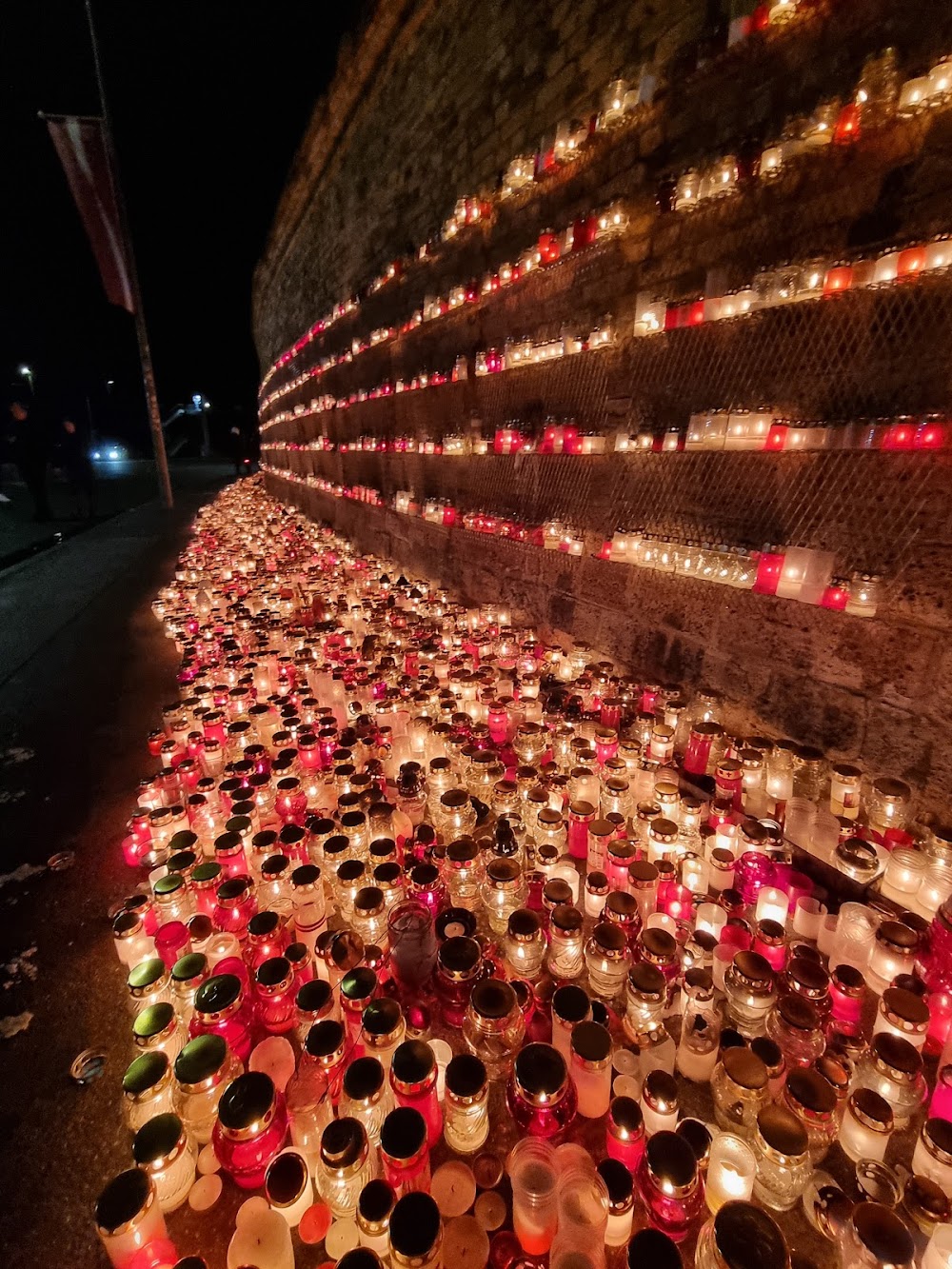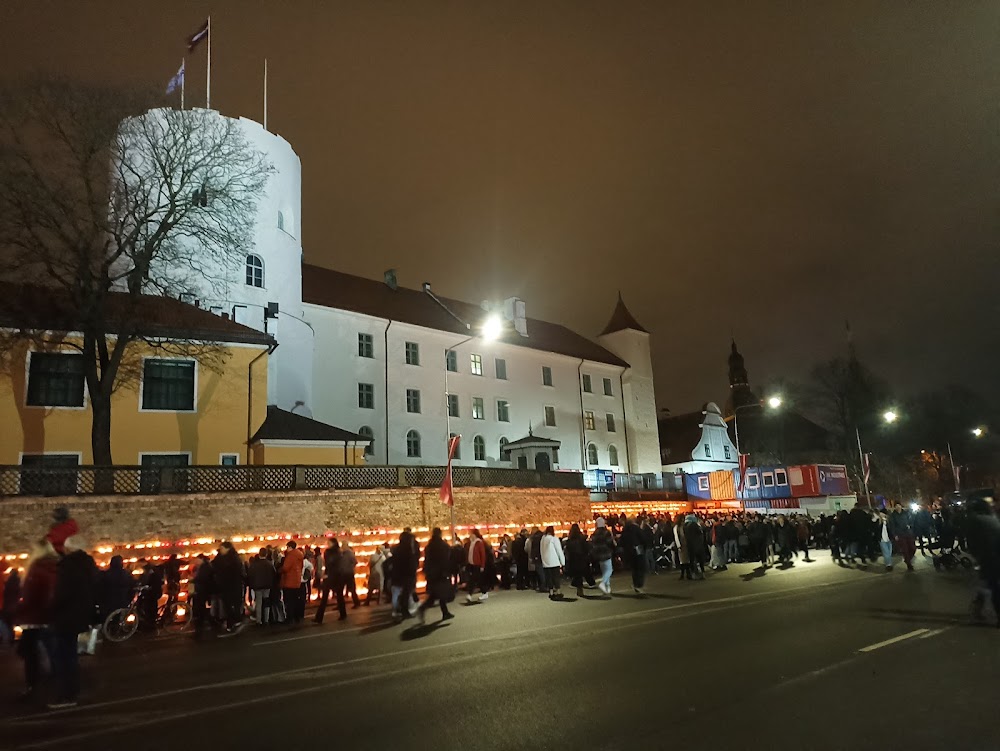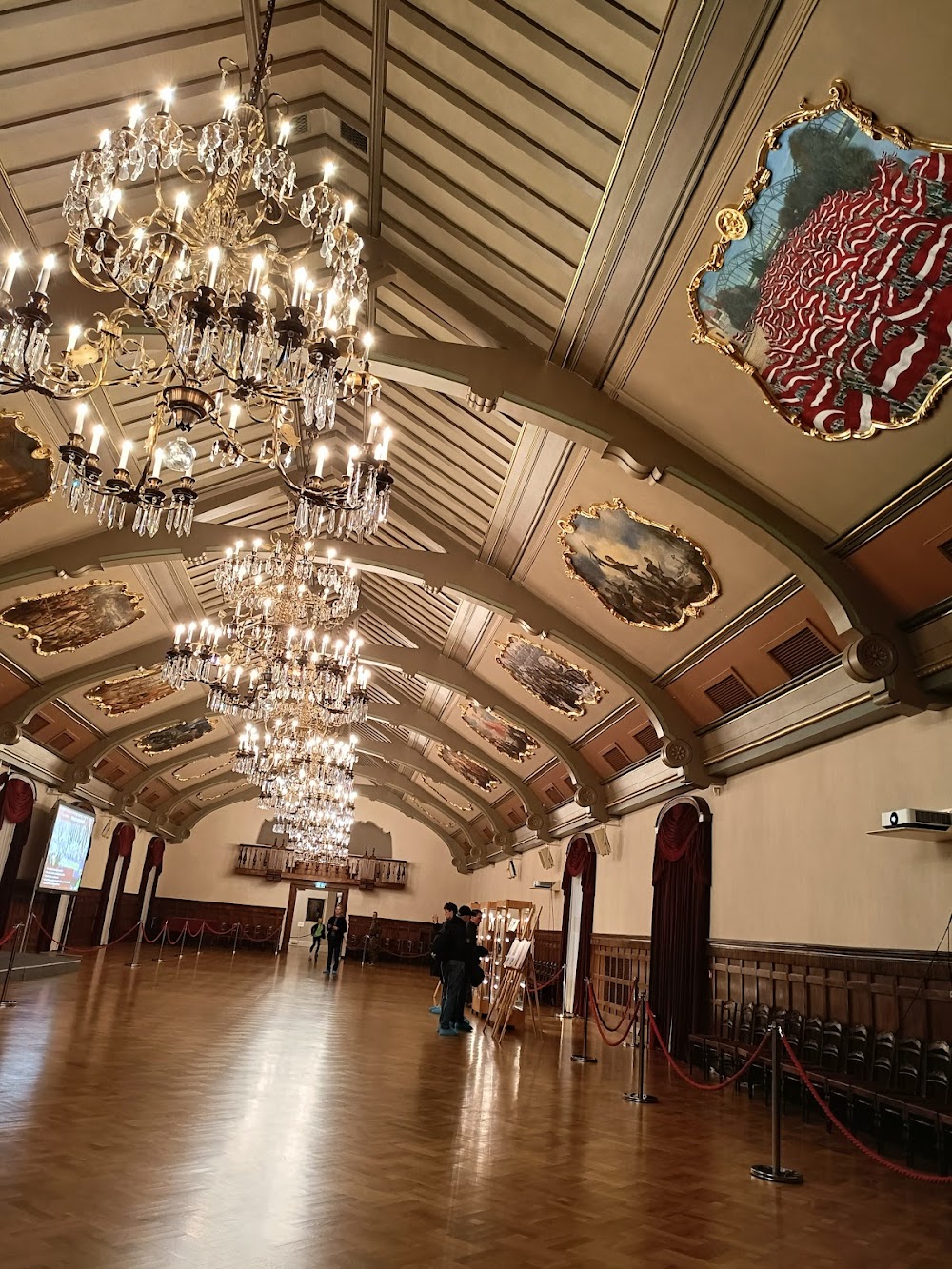Riga Castle (Rīgas pils)
Overview
Riga Castle: A Historical Gem
Riga Castle, an architectural jewel perched majestically on the banks of the Daugava River in Latvia's capital, boasts a rich history that spans centuries. Originally constructed in 1330 after the Livonian Order asserted control over the region, the castle has endured numerous reconstructions, political upheavals, and expansions, evolving into the imposing structure we see today.
The Origins: A Symbol of Power
The castle was initially erected by the Livonian Order, a military branch of the Knights, as a powerful symbol of their dominance. However, in 1481, internal conflicts and local dissent culminated in its destruction by the rebellious citizens of Riga. Undeterred, the Livonian Order rebuilt the castle on its original site between 1497 and 1515, enhancing its fortifications and ensuring it was even more formidable than before. Thus, Riga Castle became not only a historical monument but also a testament to resilience and strategic architecture.
Evolution Through the Ages
As the centuries progressed, Riga Castle expanded both in size and significance. By the 17th century, it had undergone several refurbishments, with various European architectural styles influencing each transformation. This blend of medieval strength and Renaissance elegance marked the castle as a vital fortification for the Swedes after they captured Riga in the early 1600s, adapting it for military use during their reign.
Under Russian Rule
The castle's role continued to evolve, especially under Russian rule from the 18th century onwards. It was reconstructed yet again, contributing to its Baroque features while beginning to house administrative offices. This blend of state function and historical residence persisted even after Latvia declared its independence in 1918, solidifying the castle's place in the nation's governance.
Resilience Through Adversity
World War II brought significant damage to the castle, yet it stood resolute amidst the turmoil. Post-war renovations in the mid-20th century revitalized the structure, restoring much of its former glory. Its resilience was further demonstrated when Latvia regained independence from the Soviet Union in 1991, and Riga Castle was designated as the official residence of the President of Latvia, symbolizing national sovereignty.
Modern Renovations
The most recent reconstruction began in 2012 after a devastating fire inflicted major damage. Modern renovation efforts have focused on preserving the historical integrity of Riga Castle while enhancing its structural soundness. Advanced techniques were employed to maintain the medieval walls, adapting them to contemporary standards of resilience and usability.
A Cultural Treasure Today
Today, Riga Castle serves as both a significant political hub and a preserved historical site. It houses the President of Latvia and key administrative offices, while also welcoming the public for tours and cultural events. The castle’s distinct yellow walls, along with its unique blend of Gothic, Baroque, and modern architectural elements, narrate the rich and tumultuous history of Latvia.
Wandering through its halls, visitors can explore centuries-old artifacts, royal chambers, and detailed exhibitions that trace Riga’s evolution from a strategic point in the Hanseatic League to a modern European capital. Each stone echoes the myriad events that have shaped not only the city of Riga but the entire nation of Latvia.
A Symbol of Resilience and Identity
In essence, Riga Castle remains a significant cultural treasure, embodying the historical, political, and architectural journey of Latvia. Despite the adversities it has faced, the castle stands as a proud and enduring symbol of resilience and identity for the Latvian people. Whether you're an avid historian or a casual traveler, exploring this landmark offers a profound glimpse into Latvia's vibrant past and hopeful future.








